


Detailed reviews and recommendations of the most exciting and popular gaming projects that have won the hearts of millions of players around the world. Discover new horizons of virtual adventures that range from fast-paced action games full of adrenaline to deep strategies that require careful planning and tactics. Keep up to date with the latest trends and current innovations in the gaming industry, which are constantly evolving and surprising. We cover both indie games and big releases so that every gamer can find something to their liking. Join our friendly community of gamers, exchange opinions and find your perfect game for an unforgettable time and exciting evenings full of fun and adventure.
Read more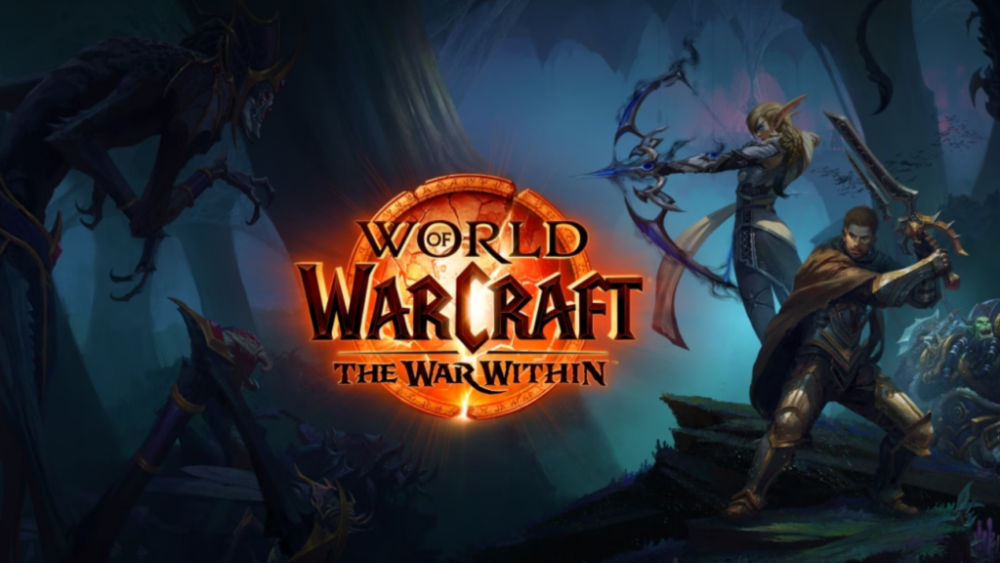
World of Warcraft is experiencing a new phase of maturity, where old conflicts have been replaced by a global transformation of the world. Expansions, revamped mechanics, and a simplified starting experience attract both veterans and those who are considering whether it’s worth playing WOW in 2025. The servers are stable, the interface is more accessible, …

Future Games Show 2025 started not with a drawn-out gloss, but with a concentrated delivery: trailer — gameplay — release. The format resembled the editing style of E3 mid-2000s montages, but with modern production. In 120 minutes of airtime, there were 53 releases, out of which 17 had confirmed release dates and support for three …
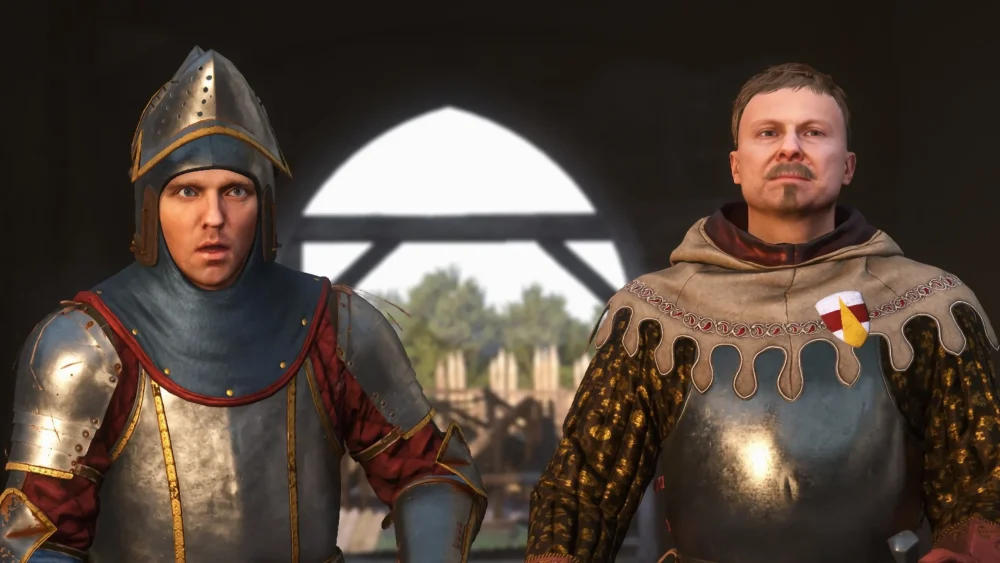
Review of Kingdom Come Deliverance II – a look at one of the most ambitious projects in the genre of historical RPG games in recent years. The sequel to the cult Czech game from Warhorse Studio not only expands the original concept but also strives to redefine the approach to historical realism and narrative pace. …
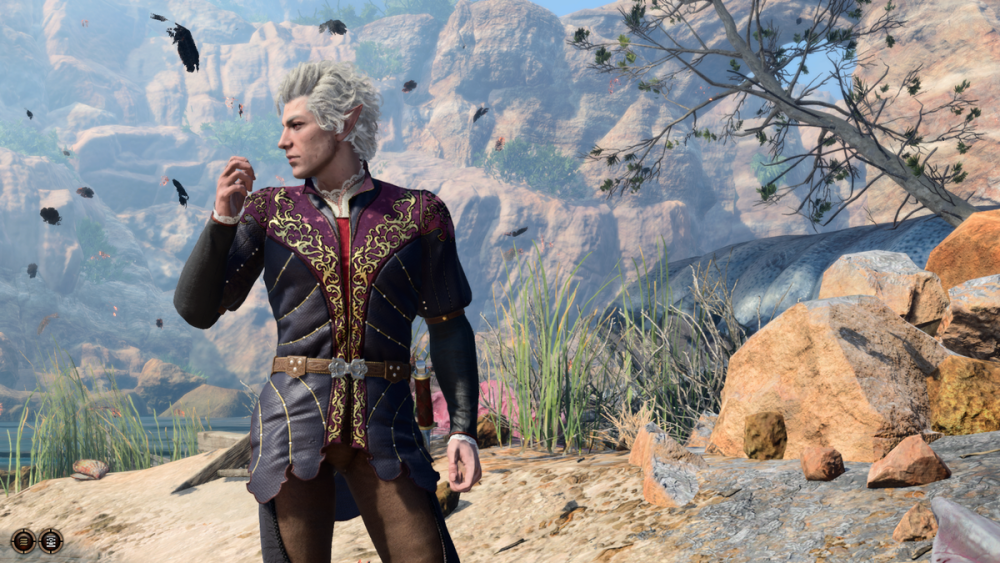
The RPG market is oversaturated. Generics, clones, superficial attempts to flirt with themes of choice and morality. But Baldur’s Gate 3 breaks the inertia of templates. Here, freedom is not promised — here it is implemented at the gameplay level. The third part brings back the forgotten: controlling the character’s fate through real decisions, not …
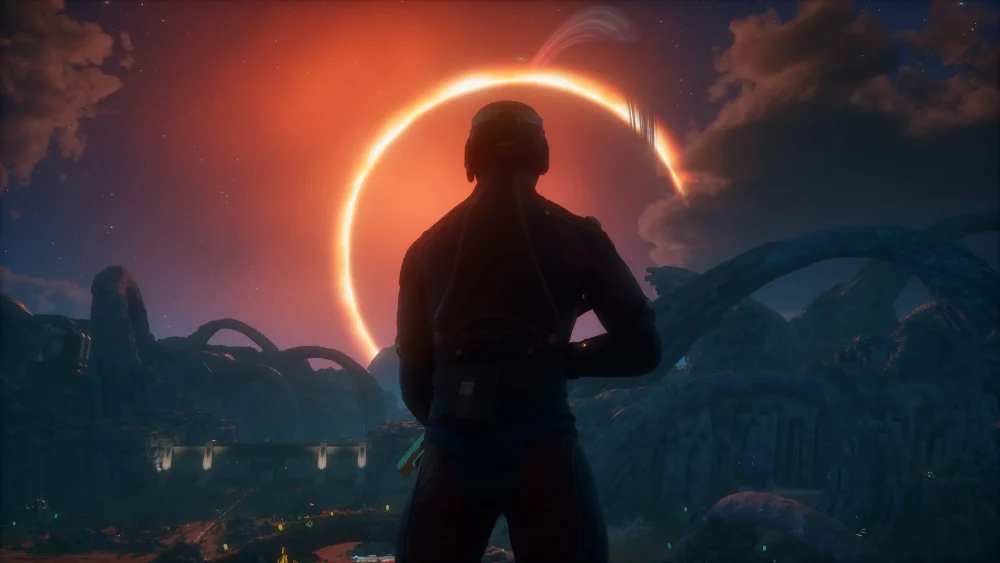
Against the backdrop of the active evolution of the RPG genre in 2025, special attention is drawn to the long-awaited new game Obsidian. It has already been confirmed that the release will take place in autumn — the release date is set for October. The development is led by game director Brandon Adler, who previously …
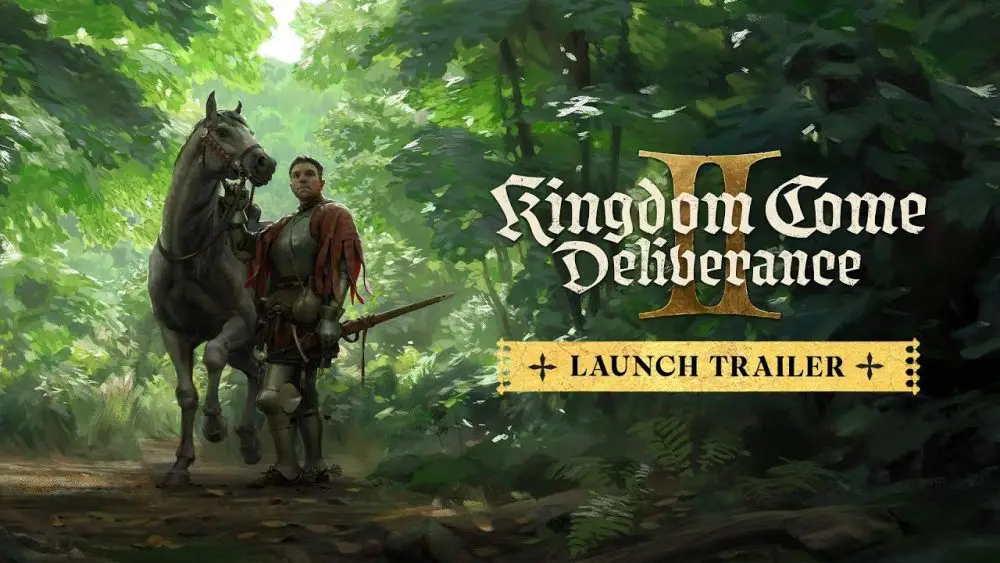
Kingdom Come Deliverance II is an anticipated new release in the historical role-playing game genre for 2025. After the successful release of the first game seven years ago, Warhorse Studios has released a sequel that maintains the historical accuracy and detailed gameplay world of medieval 15th-century Bohemia. Kingdom Come Deliverance II has been eagerly anticipated …

The RPG market is oversaturated. Generics, clones, superficial attempts to flirt with themes of choice and morality. But Baldur’s Gate 3 breaks the inertia of templates. Here, freedom is not promised — here it is implemented at the gameplay level. The third part brings back the forgotten: controlling the character’s fate through real decisions, not …
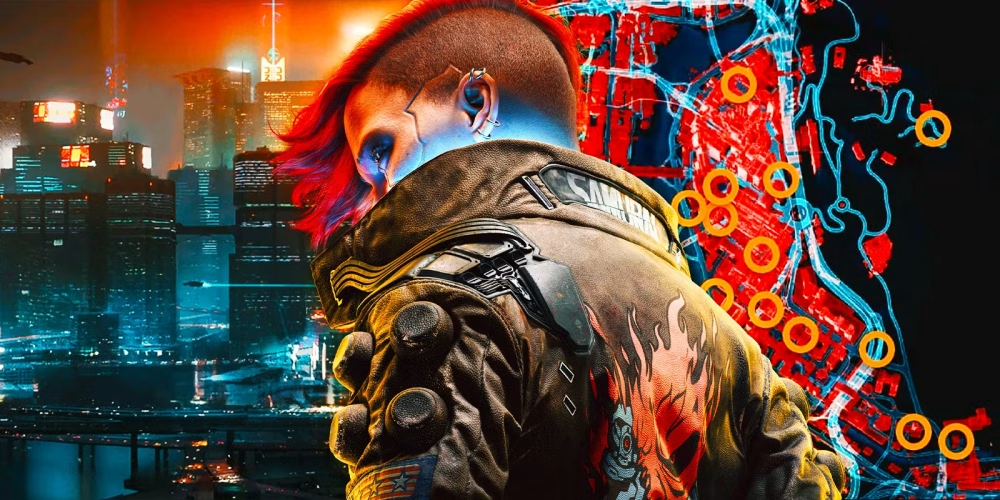
The Action-RPG genre consistently holds a position in the list of the most sought-after formats in the industry. It combines rich combat mechanics with a deep role-playing component, allowing players not only to engage in combat but also to experience the story, make decisions, and explore the world. Every year, the top Action-RPG titles are …
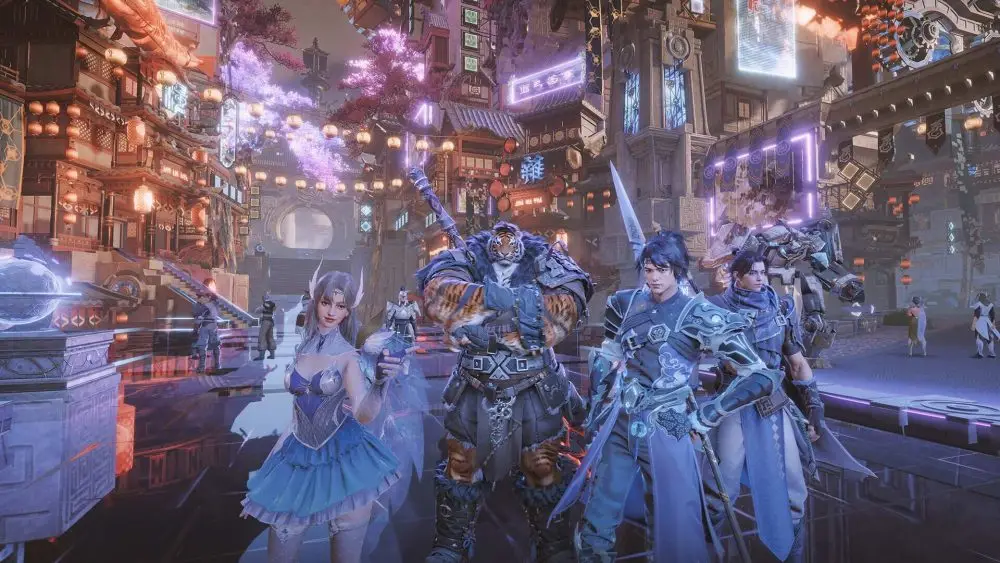
MMORPGs have long ceased to be a niche hobby. The genre has formed a full-fledged culture with its own economy, politics, mythology, and social hierarchy. In a competitive and constantly evolving landscape, maintaining interest requires not just content, but also depth of mechanics, visual appeal, gameplay variety, and a vibrant world. The most popular MMORPGs …
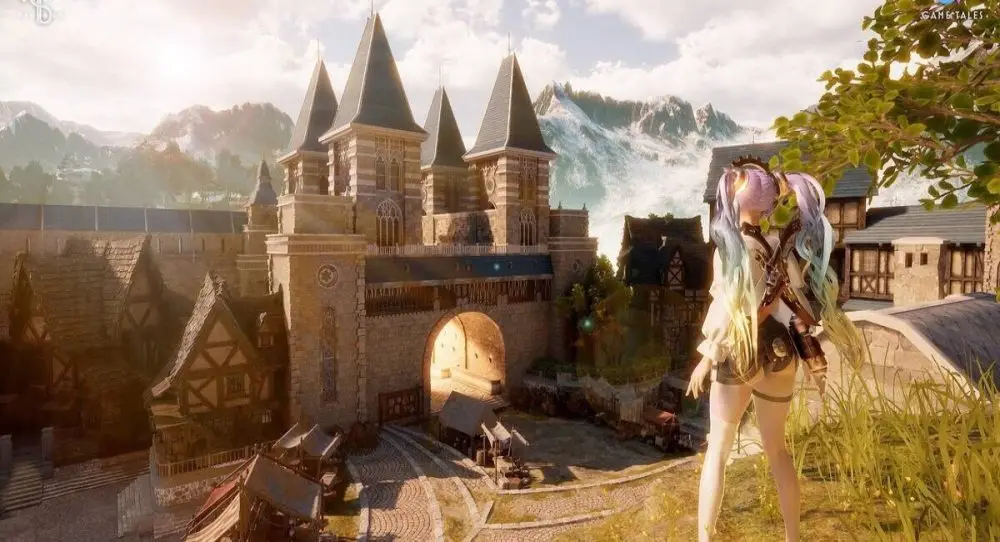
The MMO genre doesn’t just create games; it builds entire worlds. Hundreds of developers spend years designing landscapes, writing classes, customizing combat systems, and investing millions in graphics and online architecture. Not every project makes it to release. Some disappear, leaving behind only concept art, technical prototypes, and the community’s bitter expectations. Behind every abandoned …
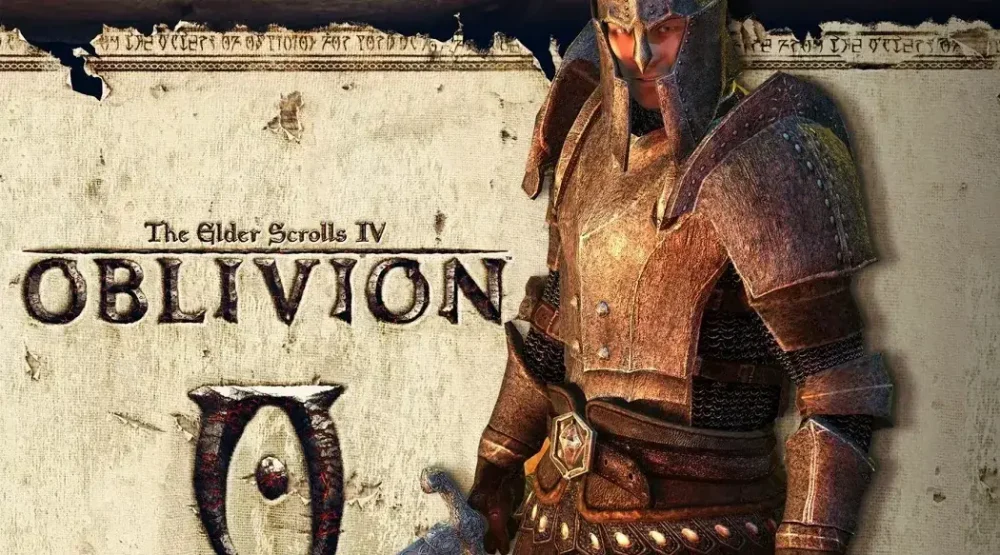
The Elder Scrolls series has long been a cultural reference point for the entire RPG industry. After the tremendous success of Skyrim, the players’ attention turned back to the previous chapters. One of the most anticipated news of 2025 was the release of the remake of The Elder Scrolls IV, a relaunch of the iconic …
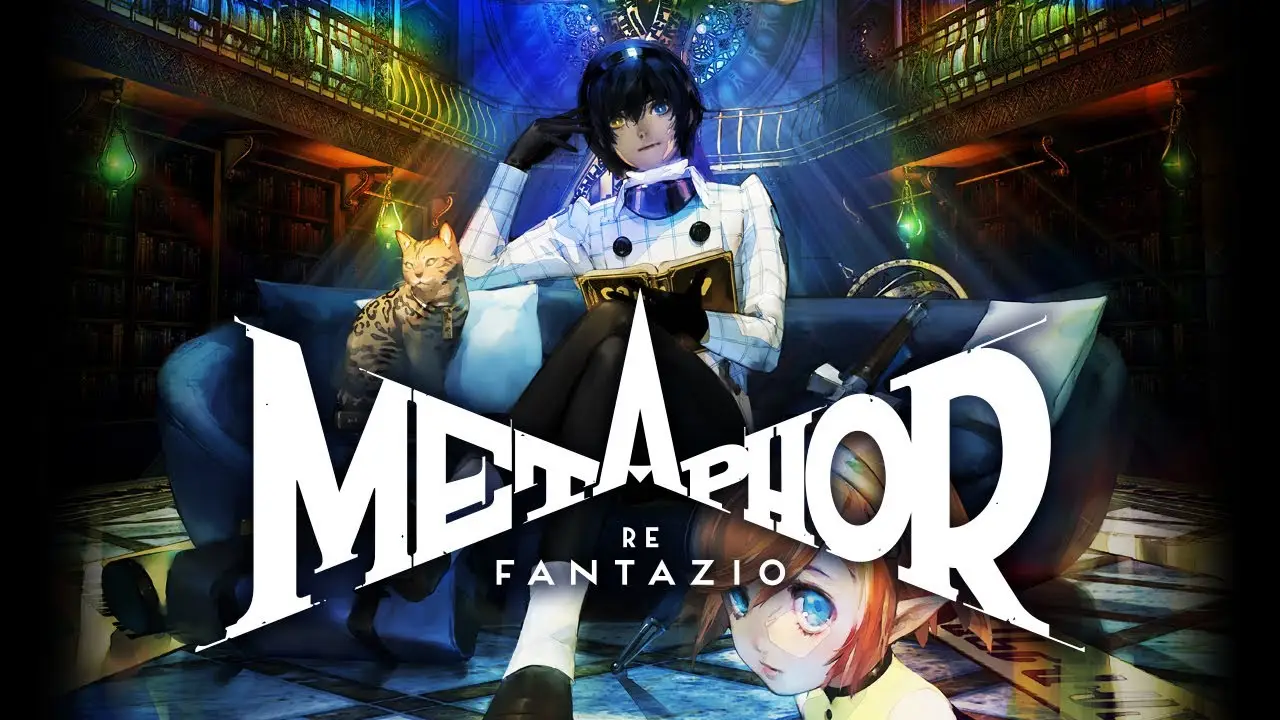
Every year, the gaming industry awaits the largest awards ceremony. The Game Awards 2024 was no exception. Among many contenders, the game Metaphor ReFantazio stood out, winning the title of the best RPG of the year. This project from Atlus combined a unique artistic style, innovative mechanics and a deep story. It became an example …
Welcome to our blog dedicated to online game reviews for PC and consoles! Here you will find detailed and unbiased reviews of the most popular and interesting games, which will help you make the right purchase choice. Our team of experts thoroughly tests each game, evaluating its graphics, gameplay, story and other important aspects. Whether it's exciting action games, addictive RPGs or casual indie projects, we will try to reveal all the strengths and weaknesses of each game. Join us and discover new horizons in the world of virtual entertainment!
Read more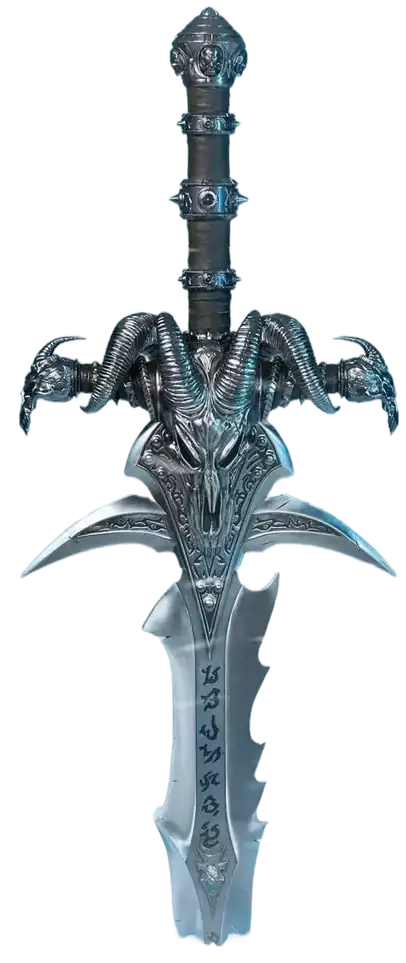

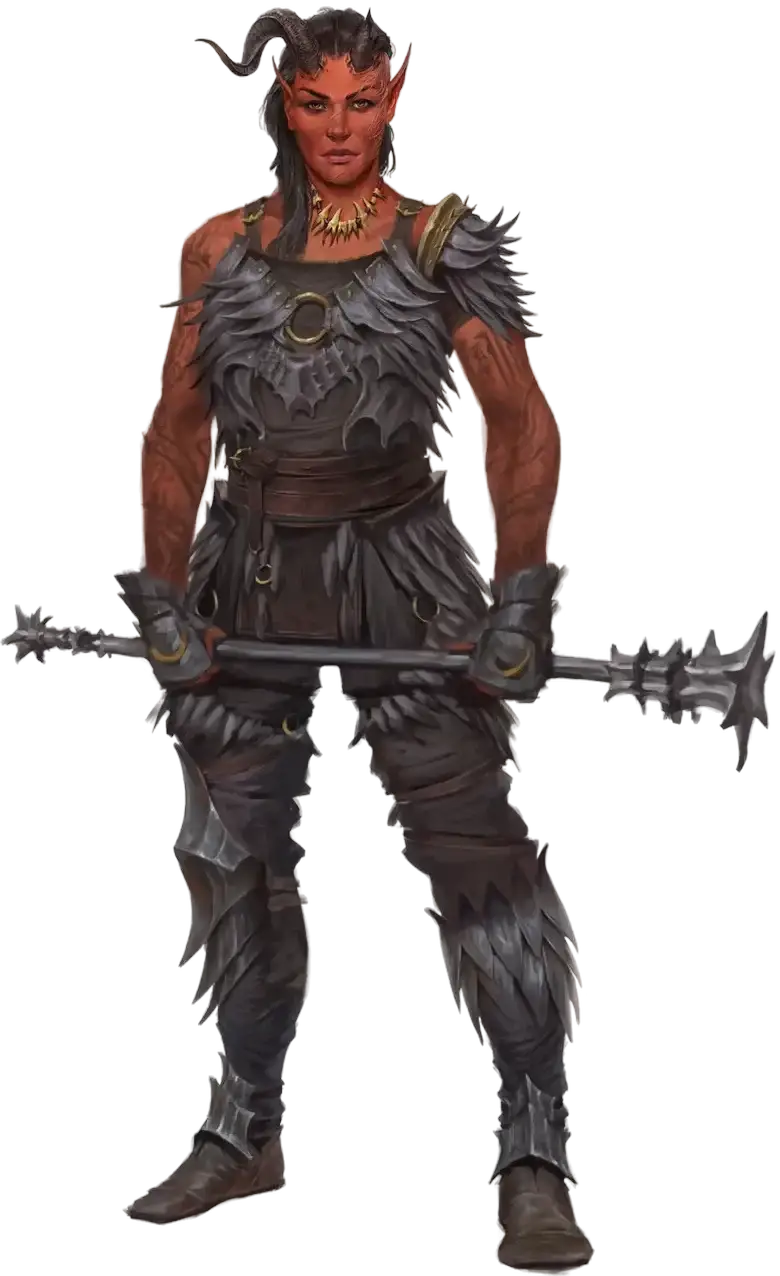

Following online gaming is a great way to watch exciting matches, find out the latest news and trends in the gaming world. It allows you to stay informed and be at the centre of the gaming industry.
Working in game dev offers great opportunities for creative self-expression and professional growth. You will be able to create exciting games that will delight players around the world, and constantly improve your skills in a dynamic industry.
Playing online games provides many benefits. It allows you to have fun, relax and unwind anytime and anywhere. In addition, online games develop logical thinking, improve reaction and coordination. They also help to relieve stress and improve your mood.
Genshin Impact, an exciting open-world action RPG game, came into existence in 2020 through the collaboration of miHoYo and a talented development team. Its immersive world and addictive gameplay have since captivated players around the world.
World of Warcraft, the iconic MMORPG, was first released in 2004 by Blizzard Entertainment. It quickly became a global phenomenon, winning millions of players with its immersive fantasy world and addictive gameplay.
League of Legends is an iconic multiplayer battle arena (MOBA) game first released in 2009 by Riot Games. Inspired by the popular mod for Warcraft III Defence of the Ancients, League of Legends has since become one of the most popular and influential games in the world.

As a streamer, I am in awe of this blog about online gaming. It provides an in-depth and unbiased view of the industry that inspires and entertains.

★★★★★
As a game developer, I just love this blog about online games! It offers a ton of useful tips and interesting reviews that help players stay up to date with the latest trends.

★★★★★
A gaming blog worth reading! A reviewer shares her impressions of new online games. Find out what she thinks about the latest releases.

★★★★★